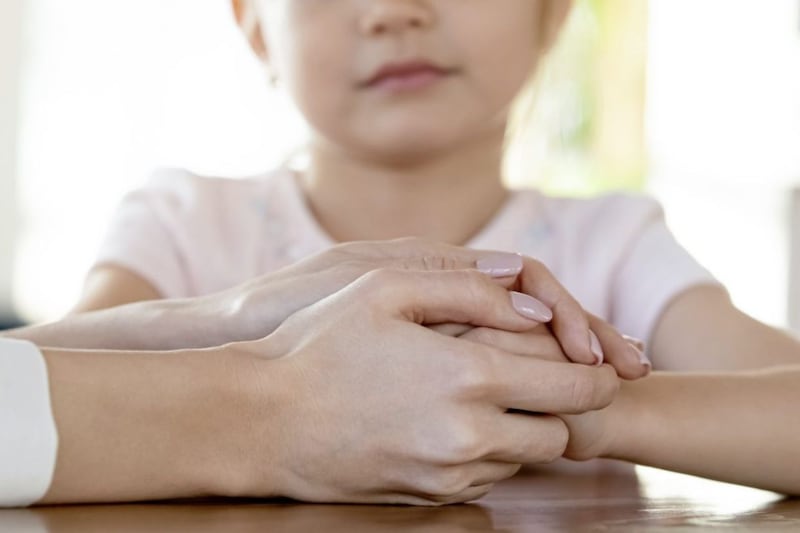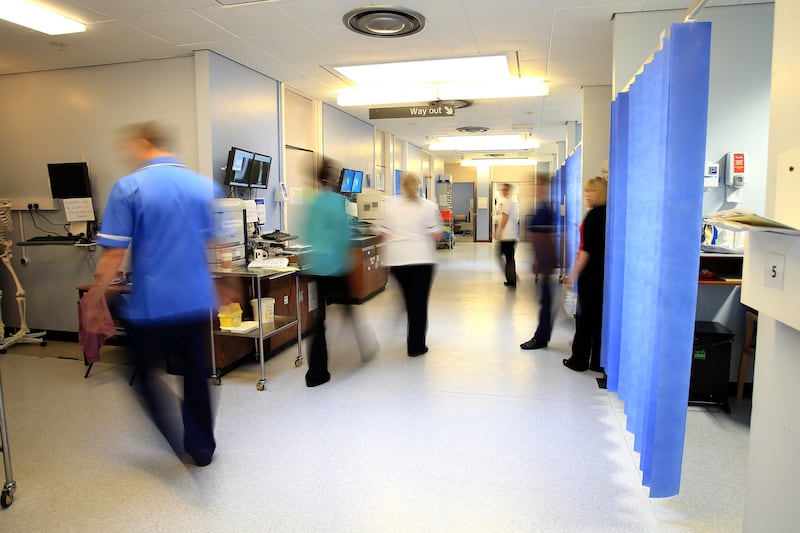Increases in life expectancy in Northern Ireland have stalled in recent years, new figures have indicated.
There has been a general upward trajectory in life expectancy, up 6.8 years for women and 9.2 years for men since 1980-82, according to the Department of Health’s Life Expectancy in Northern Ireland 2020-22 report.
Life expectancy in the region in 2020-22 was 78.4 years for men and 82.3 for women.
Life expectancy is highest in the Lisburn and Castlereagh council area – 80.4 years for men and 83.1 years for women – and lowest in Belfast – 75.8 years for men and 80.4 years for women.
Since 2016-18, male life expectancy decreased by 0.3 years, while there has been no significant change in life expectancy for females.
The report finds that increased mortality rates among 30-39 year olds has had the largest negative impact on male life expectancy over the past five years, with deaths due to Covid-19 having contributed to a 1.1-year decrease in male life expectancy.
However, these were mostly offset by decreases in mortality from other causes including respiratory disease, cancer and circulatory disease.
A decrease of one year in female life expectancy, mainly due to higher mortality from deaths due to Covid-19, was offset by 0.8 years due to reduced mortality from respiratory disease, circulatory disease and other causes.
In terms of the gender gap, the report finds that higher male mortality from the combination of circulatory disease (1.1 years) and cancer (excluding breast) (1.1 years) accounted for 2.2 years of the gap.
Meanwhile, in 2020-22, men living in the top 20% of most deprived areas could expect to live 74 years, 7.2 years less than those living in the top 20% of least deprived areas (81.2 years).
Female life expectancy in the top 20% of most deprived areas was 79.3 years, 4.8 years less than females in the top 20% of least deprived areas (84.1 years).
In the most deprived areas, there was higher mortality from cancer (1.3 years), circulatory disease (1.2 years) and accidental deaths (1.1 years) combined, which contributed more than half of the male life expectancy deprivation gap.
There were also notable contributions from deaths due to Covid-19 (0.4 years) and people taking their own lives (0.6 years).








